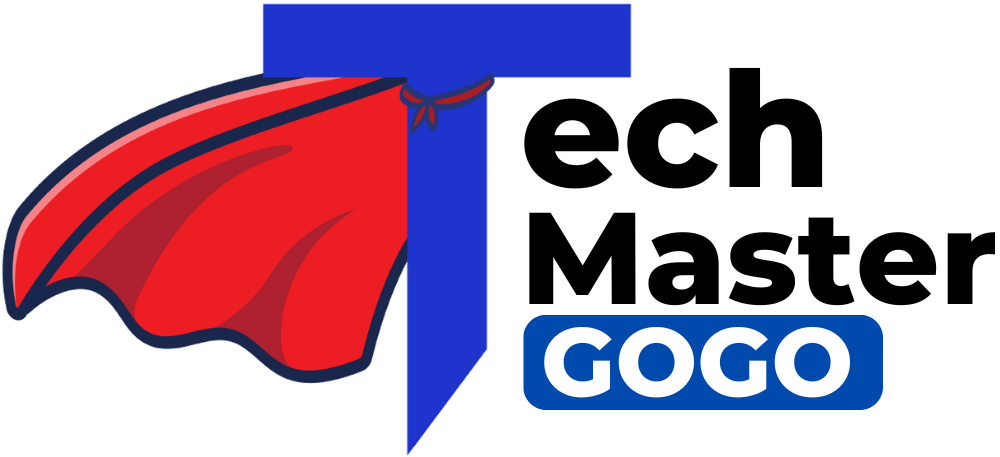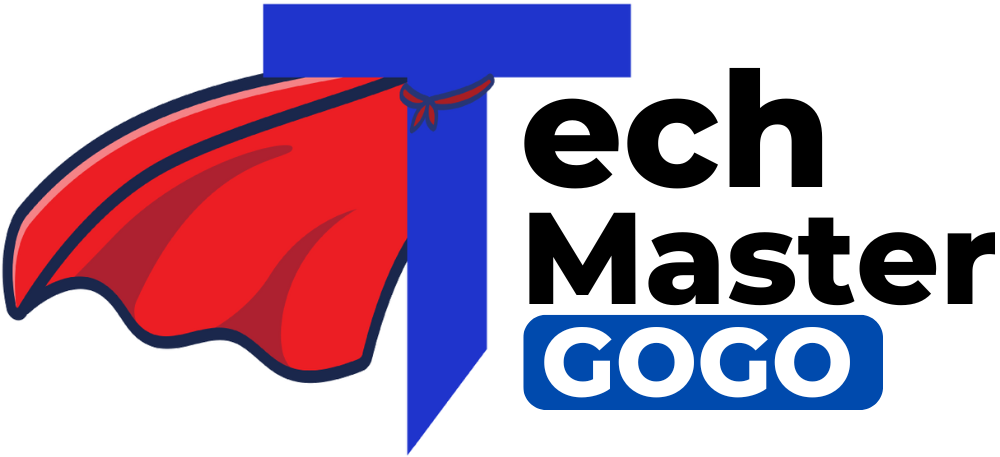In digital design and web development, colors are more than just a visual choice—they’re key to creating the right look and feel for websites, apps, and digital projects. Picking the perfect colors can make a big difference, and that’s where the color picker extension comes in.
These tools help designers and developers easily pick, analyze, and use colors from any web page or image, making their work faster and more consistent. In this article, we’ll look at the 9 best color picker extensions in 2024, chosen for their features, ease of use, and how they help you work better.

1. ColorZilla
Why It’s Popular: ColorZilla is one of the most trusted color picker tools out there. It’s been around for years and is packed with features that go beyond just picking colors.
Key Features:
- Eyedropper Tool: Lets you pick any color from a web page, even down to a single pixel, which is great for detailed work.
- Gradient Generator: Helps you create custom gradients, useful for designing backgrounds and adding depth to your designs.
- Color Palette Viewer: Allows you to save and organize your color schemes, so you can easily use them in different projects.
- Works on Multiple Browsers: ColorZilla isn’t just for Chrome—it also works on Firefox, which is handy if you use both browsers.
Pros:
- Rich feature set for both designers and developers.
- Supports both Chrome and Firefox, making it versatile.
- Easy to save and manage color palettes.
Cons:
- Might be too complex for users who need a simple tool.
- Some users find the interface a bit outdated.
Why You Should Use It: If you need a powerful tool that can do more than just pick colors, ColorZilla is a top choice. It’s perfect for detailed design work where accuracy and versatility are important.

2. Eye Dropper
Why It’s Simple: Eye Dropper is designed for people who want a straightforward, easy-to-use color picker. It’s quick and efficient, making it ideal for basic tasks.
Key Features:
- Simple Color Picker: Pick colors from any web page or file quickly and easily.
- Color History: Saves all the colors you’ve picked, so you can go back and reuse them anytime.
- Supports Multiple Formats: Works with HEX, RGB, and HSL color formats, so you can use it with different design tools.
Pros:
- Extremely easy to use, even for beginners.
- Saves color history automatically.
- Lightweight and fast, with minimal system impact.
Cons:
- Lacks advanced features like gradient creation.
- Limited to basic color picking tasks.
Why You Should Use It: Eye Dropper is great if you want a simple, reliable tool for everyday tasks. It’s easy to use and gets the job done without any fuss.

3. ColorPick Eyedropper
Why It’s Precise: ColorPick Eyedropper is all about getting the exact color you need. It’s a favorite for projects where precision is key.
Key Features:
- Zoom Tool: Lets you zoom in on any part of a web page or image, so you can pick the exact color you want.
- Color Codes: Shows you the HEX and RGB codes for the color you pick, which you can easily copy and use in your projects.
- Easy Copying: Copy the color code with just one click, making it quick to transfer colors to your design software.
Pros:
- High precision in color selection.
- Simple interface, easy to navigate.
- Quick copying of color codes.
Cons:
- Limited to basic color picking, with no extra features.
- The zoom tool can sometimes be tricky to use on high-resolution screens.
Why You Should Use It: If you need to pick colors with pixel-perfect accuracy, ColorPick Eyedropper is a must-have. It’s great for designers and developers who need to match colors exactly.

4. Color by Fardos
Why It’s Creative: Color by Fardos is perfect for creatives who want more than just a color picker. It helps you experiment with colors and create unique designs.
Key Features:
- Custom Gradient Builder: Lets you create and save your own gradients, which is great for adding depth to your designs.
- Color Scheme Generator: Automatically generates complementary color schemes, helping you design more cohesive projects.
- Keyboard Shortcuts: Customize shortcuts for quicker access to tools, speeding up your workflow.
Pros:
- Great for creating and experimenting with color schemes.
- Useful for designing custom gradients.
- Keyboard shortcuts enhance productivity.
Cons:
- Might be too complex for users who only need basic color picking.
- Requires some time to learn all features.
Why You Should Use It: If you love experimenting with colors and need a tool that offers more than just basic picking, Color by Fardos is a fantastic choice. It’s especially useful for designers looking to push their creativity.

5. ColorSnapper
Why Designers Love It: ColorSnapper is a versatile tool that works with popular design software, making it a favorite among professionals who use tools like Photoshop and Sketch.
Key Features:
- Cross-Platform Support: Syncs with design software such as Photoshop and Sketch, making it easy to work across different platforms.
- Color History: Automatically saves the colors you pick, so you can access them later.
- Multiple Formats: Supports various color formats, including HEX, RGB, and CMYK.
Pros:
- Integrates well with professional design software.
- Saves a history of picked colors for future use.
- Supports a wide range of color formats.
Cons:
- Might be overkill for users who don’t need design software integration.
- Some users find the interface slightly complex.
Why You Should Use It: If you’re a designer who frequently uses software like Photoshop or Sketch, ColorSnapper is a valuable tool. Its ability to sync with these platforms makes it an essential part of your workflow.
6. Instant Eyedropper
Why It’s Fast: Instant Eyedropper is designed for speed, allowing you to pick colors instantly without any hassle. It’s perfect for quick tasks.
Key Features:
- Instant Color Pick: Pick colors with just one click, making it fast and efficient.
- Drag-and-Drop: Select colors by dragging the eyedropper to the desired area.
- Format Support: Works with HEX and RGB formats.
Pros:
- Extremely fast and efficient.
- Easy drag-and-drop color picking.
- Supports commonly used color formats.
Cons:
- Limited to basic color picking.
- Lacks advanced features for more complex tasks.
Why You Should Use It: Instant Eyedropper is perfect for users who prioritize speed and efficiency. It’s a great tool for quick color picking tasks.

7. ColorFish
Why It’s Versatile: ColorFish is a comprehensive tool with a wide range of features, including image color analysis and keyboard shortcuts, making it very versatile.
Key Features:
- Image Color Analysis: Analyze and pick colors directly from images.
- Color History: Tracks and saves your color selections.
- Keyboard Shortcuts: Customize shortcuts for quick access to features.
Pros:
- Versatile with both color picking and image analysis.
- Saves a history of selected colors.
- Keyboard shortcuts improve workflow efficiency.
Cons:
- Might be too feature-rich for users who need only basic functions.
- Slightly steeper learning curve due to its features.
Why You Should Use It: ColorFish is ideal if you need a versatile tool that offers more than just basic color picking. It’s especially useful for those who work with images and need a comprehensive tool.

8. CSS Peeper
Why Developers Need It: CSS Peeper is a developer-friendly tool that goes beyond simple color picking. It helps you inspect and copy CSS properties, making it a great tool for web developers.
Key Features:
- CSS Inspection: Lets you inspect and copy CSS properties from any web page, not just colors.
- Format Support: Works with HEX, RGB, and HSL formats.
- Clean Interface: Offers a simple, easy-to-navigate interface.
Pros:
- Great for developers who need to inspect CSS.
- Supports multiple color formats.
- Clean, user-friendly interface.
Cons:
- Not ideal for users who only need a basic color picker.
- Limited to web development tasks.
Why You Should Use It: CSS Peeper is a must-have for web developers who need to understand and replicate the design of existing web pages. It’s an excellent tool for inspecting CSS properties and picking colors.

9.Colour Picker Tool – Geco
Key Features:
- Precision Color Selection: Geco allows users to pick colors with high accuracy, making it easy to grab the exact shade from any part of your screen. This feature is especially useful for designers who need pixel-perfect color matching.
- Color History: The tool automatically saves the colors you’ve picked, allowing you to revisit and reuse previous selections without starting from scratch.
- Multiple Format Support: Geco supports various color formats, including HEX, RGB, and HSL, ensuring compatibility with different design and development tools.
- User-Friendly Interface: The interface is simple and intuitive, making it accessible even for beginners. The layout is clean, and the tool is easy to navigate, ensuring that users can quickly get to the features they need.
- Cross-Platform Compatibility: Geco works across multiple platforms, making it a versatile tool for professionals who switch between different environments.
Pros:
- High Precision: Geco’s ability to select colors with pixel-level accuracy is one of its standout features.
- Ease of Use: The user-friendly interface and straightforward design make it accessible for both beginners and experienced designers.
- Comprehensive Format Support: With support for various color formats, Geco integrates seamlessly into different workflows.
- Color History Feature: The ability to save and revisit past colors enhances workflow efficiency.
Cons:
- Limited Advanced Features: While Geco is excellent for basic color picking, it lacks some of the more advanced features found in other tools, such as gradient generation or palette management.
- No Customization Options: The tool is relatively rigid in its functionality, with limited options for customization or tailoring to specific workflows.
- Not Ideal for Complex Projects: For complex design projects that require more than just color picking, Geco might not be sufficient on its own.
Why You Should Use It: Geco is an excellent choice if you’re looking for a straightforward, reliable color picker tool that excels in precision and ease of use. It’s perfect for designers and developers who need to quickly and accurately select colors without navigating through complex features. If your work involves frequent color picking and you value a clean, intuitive interface, Geco is a tool worth considering.
Conclusion
Choosing the right color picker extension can significantly enhance your design and development workflow. Whether you need a feature-rich tool like ColorZilla or a minimalist option like ColorPick from q3.org, the extensions listed here offer a range of functionalities to suit different needs. Each tool has been selected for its ability to streamline the color selection process, ensuring that you have the best possible resources at your disposal in 2024.



